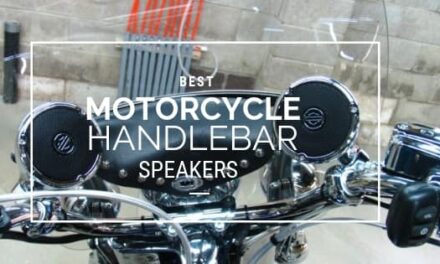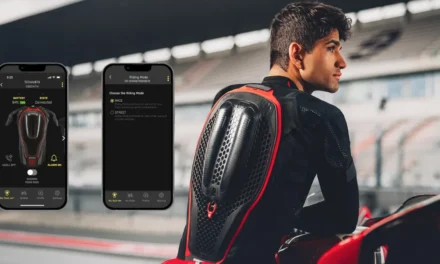Why Your Bike’s Armor Matters
I’ll never forget the time my Yamaha MT-09 SP wobbled off its kickstand during a windy gas station stop. The crunch of fairings hitting the pavement? Avoidable. That day, I learned motorcycles need armor. But with options like crash bars and frame sliders, how do you choose what works?
This post isn’t about sales pitches—it’s about real-world protection of crash bars and frame sliders, comparing their strengths, and helping you decide which (or both!) belongs on your ride.
I. What’s the Real Difference?
Crash bars (aka engine guards or highway bars) are rugged metal cages bolted to your bike’s frame. Like bodyguards for your engine and legs. When my buddy low-sided his Harley on a gravel road, his crash bars took the hit, sparing his exhaust and shins.
Frame sliders? Think of them as your bike’s “slide-first” armor. These protrusions—often called bobbins or mushrooms—attach to the frame and sacrifice themselves during a fall. On my track days, my R&G sliders have saved my Ninja’s fairings more times than I’d like to admit.
Crash bars shield during tip-overs; sliders optimize sliding.

Motorcycle Crash Bars
II. Are Frame Sliders Worth It?
Frame sliders shine in three key areas:
- Fairing Protection: A 2024 study found sliders reduce fairing damage by 70% in low-speed drops.
- Engine Case Defense: Replace a $30 slider puck instead of a $500 engine cover.
- Leg Clearance: Some riders swear sliders create space to prevent leg entrapment (like the Ninja Rider who avoided a car crash thanks to their Puig sliders).

Motorcycle Frame Sliders
III. How Do Crash Bars Work? The Science Behind the Shield
Crash bars absorb energy through strategic bending. Stainless steel or alloy tubes flex on impact, diverting force away from your engine and frame. But they’re not foolproof. The Hurt Report found crash bars reduce lower-leg injuries in side impacts but might worsen damage in high-speed multi-vehicle crashes. On my adventure bike, SW-MOTECH crash bars have survived rocky trail drops. Yet, I’d never rely on them alone at highway speeds.
IV. How to Pick the Right Frame Sliders
Not all sliders are created equal. Follow this checklist:
- Material Matters: Delrin or Nylon pucks slide smoothly; avoid brittle plastics.
- Length & Design: Shorter sliders (like Woodcraft’s) minimize flip risks; longer ones protect wider fairings.
- No-Cut vs. Cut: No-cut sliders (e.g., Shogun’s) preserve factory bodywork but may sacrifice strength.
- Mounting Points: Bolt directly to engine brackets for maximum stability.
Why do MotoGP teams use magnesium-core sliders? It’s about balancing weight and energy absorption.
V. Myths vs. Reality: Do They Really Protect Your Bike?
Myth 1: “Frame sliders cause bikes to flip.”
Reality: In low-speed slides (<30 mph), sliders glide. At 60+ mph? Maybe. A TikTok video showed a ZX-6R tumbling after a slider caught a curb—but that’s rare.
Myth 2: “Crash bars make bikes indestructible.”
Reality: They’re heroes in tip-overs but can bend into your radiator in hard hits. Ask the BMW GS rider who learned this the hard way on a Mojave trail.
VI. Is It Time to Upgrade Your Ride’s Armor?
| Crash Bars | Frame Sliders |
|---|---|
| Best For: Adventure bikes, cruisers | Best For: Sportbikes, street bikes |
| Pros: Leg protection, accessory mounts | Pros: Fairing/engine protection, lightweight |
| Cons: Bulkier, mixed high-speed results | Cons: Debated high-speed risks |
Hybrid Approach: My Tenere 700 runs both. Crash bars for trail drops, sliders for pavement slides.
What’s your bike’s weak spot? A $200 upgrade could be cheaper than your sour repair.
VII. Ride Confidently with the Right Protection
Crash bars and frame sliders aren’t magic, but they’re the closest thing to insurance for your bike—and your legs.
Your Move: Check your bike’s vulnerable spots. Decide a crash bar or slider to save your ride.
Read: 5 Myths About Cheap Motorcycle Insurance You Should Stop Believing






